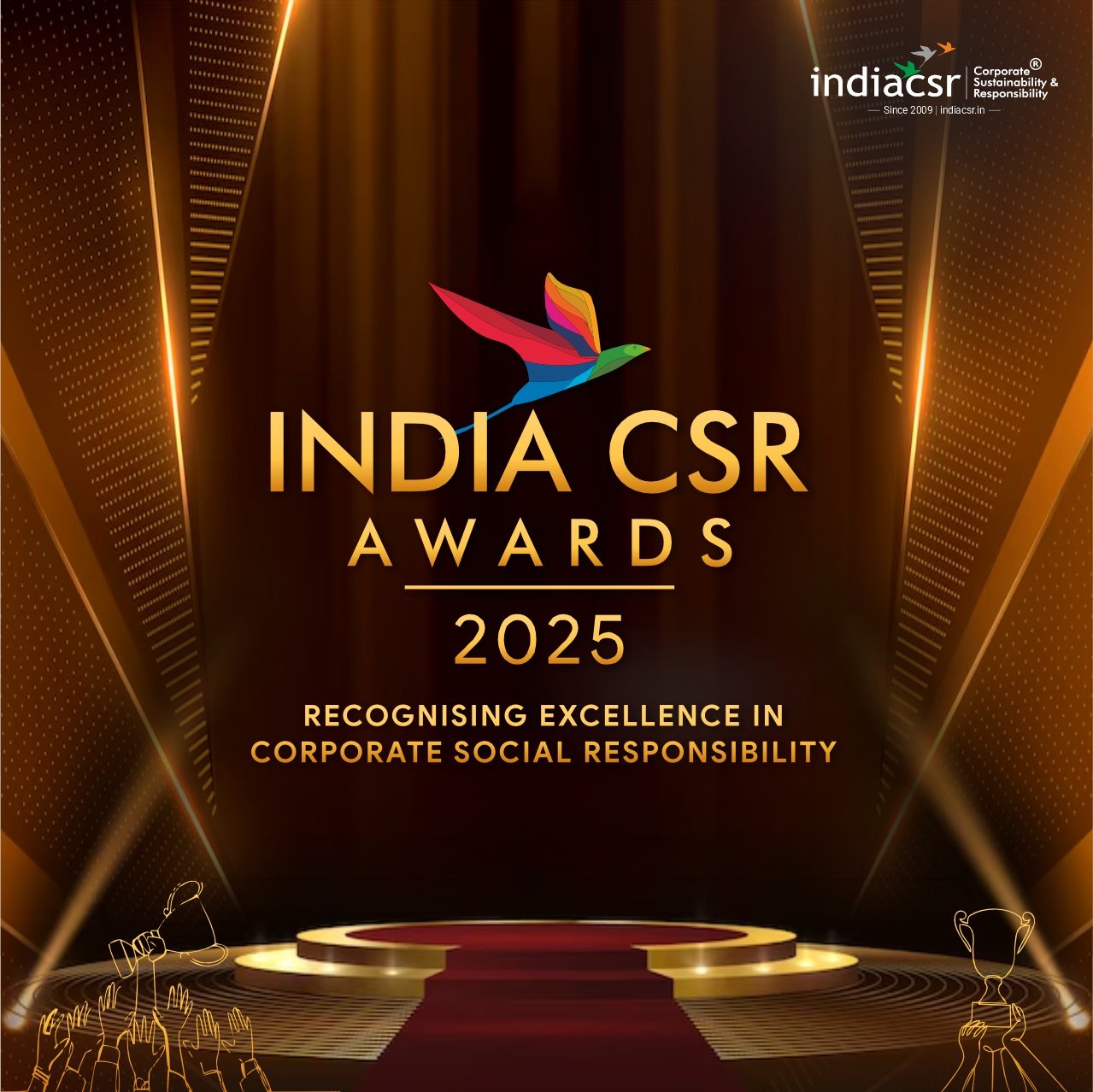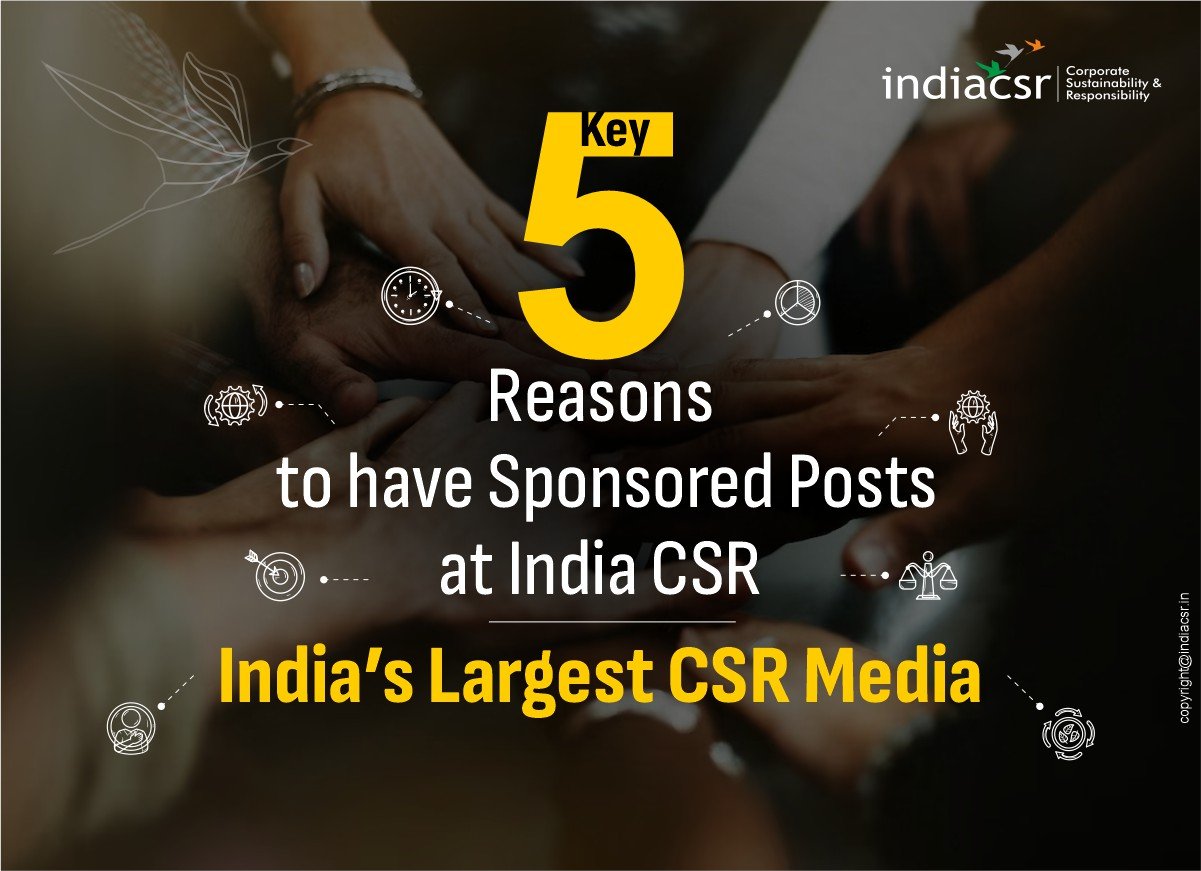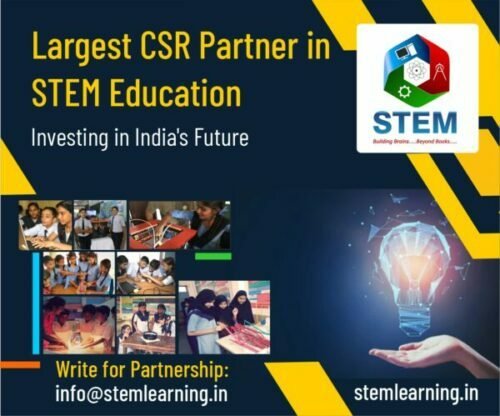The process of providing cooling, through various means and technologies, have evolved over millennia. Human kind realised the evaporative air cooling that occurs around waterfalls, streams and other water bodies, and historically, especially in tropical areas, chose to establish communities adjoining such water bodies. There were other reasons for such instinctive decisions, but there is no gainsaying the benefit of a cool environment at oasis in deserts and river sides in other hot climates. The importance given to cooling can be further evidenced from archaeological discoveries that indicate how water was routed through large halls and zones to provide a soothing effect by cooling hot environs. From ancient times, in India, Persia, Egypt, gardens with water bodies were developed to provide the community a more relaxing environment, and many buildings were designed with water runoffs to enable evaporative cooling.
India, also called the land of heat & dust, is said to have originated the thermantidotes that added portability to air cooling systems. Today in the air cooler world, India remains the world’s largest market for desert coolers, with USA – where they are called swamp coolers -coming a near second. These systems were originally deployed to cool large spaces where complete families or large groups of people would periodically gather. Evaporative cooling has also seen use for cooling food items and drinking water in porous earthen pots, and even today, used for partial removal of field heat from fresh harvest. However, evaporative cooling works best only in low humidity weather and has many other limitations.
The advent of vapour absorption cooling systems and subsequently mechanically driven vapour compression refrigeration, changed how humankind shifted approach towards cooling. Cooling became controllable over a range of temperatures and could be made available on demand. The increasingly easy access to electricity and cooling technologies has led credence to the mind-set that cooling must be made available to all. This approach has driven various stakeholders to promote more compact and unitised systems so that people cooling can be effected. Cooling on individual demand became the glorious agenda, worth pursuing. Of course, scale of efficiency by deploying appropriately scaled systems for large spaces was not ignored; but individual cooling provided a certain commercial scale to cooling businesses and the room air-conditioner became a driving force. It is now frequently projected that the air-conditioner market will grow ten-fold and more as populations in developing countries become more affluent.
Humankind has benefited vastly from various technological developments, however much of these have resulted in personal silos, where erstwhile vibrant community interactions existed. Entertainment at ones finger tips has made a sing-along bus-ride into a silent uncommunicative event; a family outdoor trek or picnic is giving way to indoor tents; the interactions at a community garden are passed over in favour of cocooning in an air-conditioned bedroom. These examples might sound strange to citizens lucky to reside in cooler climes, but in the hot tropics, their populations are seen to increasingly prefer to isolate themselves if able to access individually controlled cooling.
Personalised cooling is breaking down community living and has a closeting effect on lives. While a lot of this is individual choice, and will probably increase in the future, it may be worthwhile to also focus on cooling systems that help sustain communities, quality of living and bring people to work together. As a policy objective, plans for access to cooling should not be seen from purpose human comfort first, but for humankind’s sustenance.
Typically, a hardy farmer who works in 35-40°C heat for most of the day, would consider others weak for wilting in that heat, asking for a 22°C environment to function. Similarly a robust northern lumberjack who works in minus temperatures would laugh at those who shiver when temperatures dip. However, they would immediately appreciate, that besides individual human luxury, cooling plays an extremely important role in safe keeping of food, emergency medical supplies, life sciences, milk for their babies, etc.
In fact, where goods such as food and medical items are made accessible to populations, in quality and in safe condition, means that cooling is being accessed by them all. Truthfully, without such form of cooling, population centres cannot be fully enabled, especially with projected climate change impact. There is much ado about “cooling for all”, and it should not be interpreted solely from the perspective of sales of individual cooling systems. Cooling for all should not be entirely hijacked by technologies that isolate communities in individually cloistered spaces, but purposefully address other much needed aspects that go beyond mere human comfort. Cooling for all should aim first at impacting groups or large communities to work towards “cooling benefits reach all”.
The concept of cooling for all needs to prioritise its direction. As such, cold technologies and systems should be designed so that priority is given to ensuring food reaches all, medicines are accessible to all, those who are weak or ill are provided comfort first and then, lastly, for individual human comfort. Keeping this approach in mind, a more rightful and inclusive development can be envisaged.
In India, affordability of air-conditioning in each room of each village home is a far away dream. In fact the hardy rustics may even scoff at this concept. However, easy access to life saving drugs and emergency aid is desirable, and safe healthy environment for elders and infants is most sought after. Having recourse of a refrigerator is aspired to by each housewife. With these in mind, a community hub can be envisaged, especially in rural areas of the tropics where cooling and aggregation facilities will come up to secure and market their agrarian production.
Globally, farming only makes business sense, when the output is able to connect with consumers. If consumption is local or next door, then the daily harvest will quickly achieve this objective. However, when farming is at a commercial scale or competing for a market, then the farmer needs to expand his/her marketing range. For this purpose, most farming communities require aggregation hubs, where produce is organised into viable lots for onwards market connectivity. In case of perishables, such aggregation hubs will typically deploy cooling systems, to pre-cool or precondition the aggregated produce (milk, fruits, vegetables, flowers, etc.). These cooling facilities, co-located to a village community, also referred to as pack-houses, are typically the source and consumers of energy in its various forms. They are primarily designed with the core task of handling the goods that pass through it and deploy hybrid energy-cooling technologies.
However, here lies the opportunity to develop these with added activities, to serve as cool community hubs at each village. A modern pack-house, having secured the energy to generate cooling, can easily offer cool, as a by-product of its core operations, for other important utilities.
For example, a shadow-side peripheral wall could be lined with personal lockers, making refrigerated compartments accessible to village home keepers. Usually these are the local women, who could use assigned compartments to store curd, small lot foods fresh food and other individual uses. These individuals would also be the typical staff at the pack-house, working their shift for sorting, grading, packing and alike activities. An adjoining space can be developed as a community space, serving as a crèche for the infants, and for the elders who are typically attached and cared for in working rural households. Having access to a safe community space for infants and elders will, even more so, empower the rural women to partake readily in employment opportunities at adjoining working hubs.
Furthermore, vaccine storage can also be facilitated at these hubs. This will ensure that national health programs that service rural communities through periodic inoculations do not undertake risk involved in transporting vaccines weekly from distant health centres. The supply can be routinely organised and structured to maintain stock close to their end-use, at these manned pack-houses.
These community hubs can also function as life boats in times of disaster, by storing an emergency supply of blood and medicines, depending on disaster threat assessment for the region. In bordering areas, an extra-national disaster management support footprint can be maintained at these hubs. Natural disasters are getting common and such a network will manage the minimal inventory and speed up response times. These additional community support functions, do not require a much larger energy load, from what the typical pack-house would already use.
In fact, with new developments in how we supply and manage cooling demand, such added services could be easily met through solar powered geo-thermal cooling and/or vapour absorption cooling using solar energy or local bio-mass.
Phase change material can be used to store excess cooling or the cold generated when pack-house is otherwise idle. There will also be cases where excess energy generated can be rerouted to individual homes in an off-grid energy supply mechanism. A broader systems approach is needed.
It may be worthwhile for the cool thinkers of the global cooling kinship, to apply themselves to developing cool community hubs. ‘Cooling for all’ should not be perceived solely form the narrow prism of individual human comfort. This drives focus on energy efficiency for more cooling per unit of power and status of gases in the involved equipment. Instead it is more important to promote a circular economy and ensures that benefits of cooling touch all and its impact truly reaches all. Access to cooling systems keeps high value food and medicines safe until it can reach consumers, enables effective health and nutrition, can facilitate community care and can provide an optimal kind of rural industrialisation.
The idea of making cooling available to all is best served by ensuring essentials like food, medicines and welfare are given priority and ensure that the core advantages from cooling is accessible to all.
It is important to understand that cooling is essential for the economic well-being of farming enterprises, can be levered for community welfare, help safeguard health services and reduce lead time for such uses, facilitate humanitarian logistics at time of disaster and bring many other services and livelihood options where none currently exist. Cooling technologies when used to organize the supply chain of farm produce, gives enormous impetus to increase farm productivity and this is needed to drive sustainability of this primary sector.


























